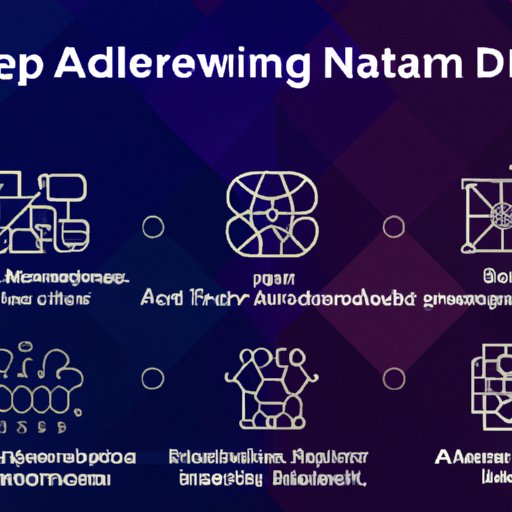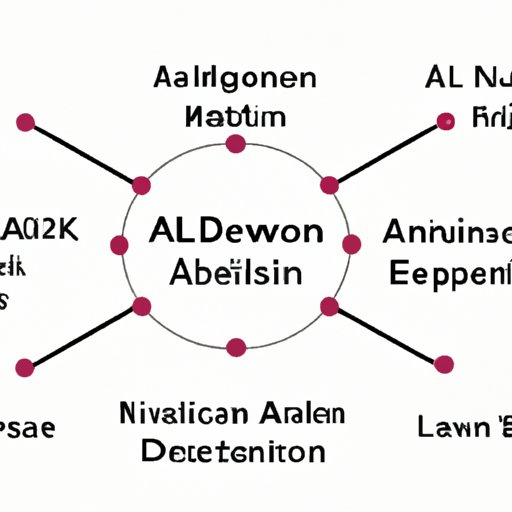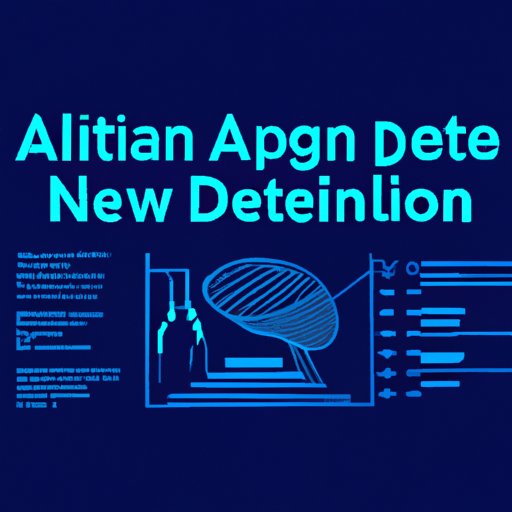Introduction
Deep Learning is an Artificial Intelligence technique that uses multi-layered neural networks to simulate the way a human brain learns. It is a powerful tool for solving complex problems and has been used in various fields such as computer vision, natural language processing, and robotics. In this article, we will explore how to make a deep learning AI, its components, advantages, case studies, existing architectures, and best practices.

Components of a Deep Learning AI
Building a deep learning AI requires several steps. First, you will need to define the problem you are trying to solve. This involves understanding the data that the AI needs to work with, as well as the desired outcome. Once the problem is defined, then you will need to select the appropriate techniques and algorithms for your AI. There are many different techniques used in deep learning AI development, such as supervised learning, reinforcement learning, unsupervised learning, and transfer learning.
Once the techniques are selected, then you can start building your AI. This involves designing the network architecture, which consists of layers of neurons that will be responsible for processing the data. You will also need to create the training data set, which is a collection of data points that will be used to train the AI. Finally, you will need to choose the right optimization algorithm, which is responsible for adjusting the weights of the neurons in order to improve the AI’s performance.
Advantages of Using Deep Learning AI
Deep learning AI has numerous benefits, especially when it comes to tasks such as image recognition, speech recognition, and natural language processing. One of the main advantages of using deep learning AI is that it can learn from large amounts of data and can be trained with much less human intervention than traditional machine learning algorithms. Additionally, deep learning AI can be used to perform complex tasks, such as autonomous driving, with much greater accuracy than traditional algorithms.
Another advantage of deep learning AI is that it can be used to automate tasks that would otherwise be labor-intensive or require significant human input. For example, deep learning AI can be used to identify objects in images or to detect patterns in large data sets, which would be difficult and time-consuming for humans to do manually.
Case Studies
There have been many successful deep learning AI projects over the years. One of the most prominent examples is AlphaGo, developed by Google DeepMind. AlphaGo was able to defeat the world champion of the board game Go, a feat that had previously been thought impossible. Other successful deep learning AI projects include self-driving cars, facial recognition systems, and medical diagnosis systems.

Architecture of Existing Deep Learning AI Systems
The architecture of existing deep learning AI systems typically consists of several elements. These elements include the input layer, the hidden layer, the output layer, and the connections between them. The input layer receives the data that the AI is processing and passes it to the hidden layer. The hidden layer is responsible for performing the computations necessary for the AI to learn. The output layer produces the results of the AI’s calculations. The connections between the layers are responsible for passing information between them.
Tips and Best Practices
When creating a deep learning AI application, there are several tips and best practices that should be followed. Firstly, it is important to use the right optimization algorithm for the task. Different optimization algorithms are better suited to different types of problems. Additionally, it is important to use the right data set for training the AI. The data set should be large enough to provide the AI with enough information to learn effectively.
It is also important to understand the limitations of deep learning AI. Deep learning AI is not perfect and can still make mistakes. Therefore, it is important to use other methods, such as rule-based systems, to check the AI’s results and catch any errors. Finally, it is important to monitor the AI’s performance and adjust the parameters as needed.
Conclusion
In conclusion, deep learning AI is a powerful tool for solving complex problems. It can be used to automate tasks that would otherwise be labor-intensive or require significant human input. Building a deep learning AI requires several steps, including defining the problem, selecting the appropriate techniques and algorithms, designing the network architecture, creating the training data set, and choosing the right optimization algorithm. Additionally, there are several tips and best practices that should be followed when creating a deep learning AI application.
(Note: Is this article not meeting your expectations? Do you have knowledge or insights to share? Unlock new opportunities and expand your reach by joining our authors team. Click Registration to join us and share your expertise with our readers.)
